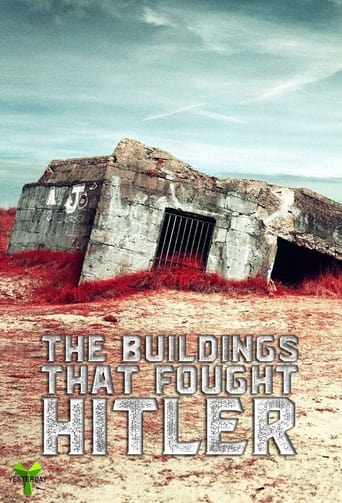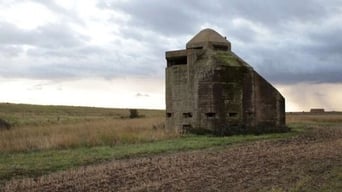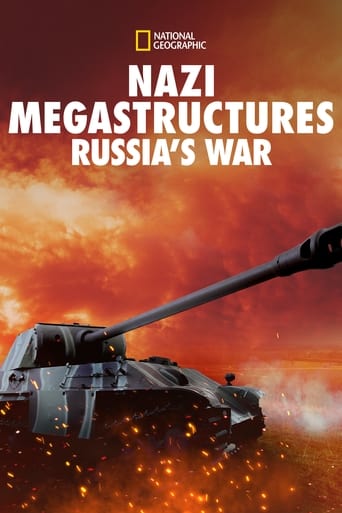The Buildings That Fought Hitler Season 1

Exploring the buildings that were built to defend Britain from a German invasion during World War II. From coastal defences, to secret bases, travel across Britain looking at the buildings that were built to fight Hitler and his advancing army.
Watch NowWith 30 Day Free Trial!
The Buildings That Fought Hitler
2021
Exploring the buildings that were built to defend Britain from a German invasion during World War II. From coastal defences, to secret bases, travel across Britain looking at the buildings that were built to fight Hitler and his advancing army.
Watch Trailer
The Buildings That Fought Hitler Season 1 Full Episode Guide
Rob Bell looks at how the greatest amphibious invasion in human history was being prepared in Southern England and the buildings that helped with the invasion of Normandy on D-Day and Operation Overlord.
Britain needed to produce vast amounts of ammunition. Chatham Docks on the Medway saw 142 ships set sail, and bomber bases sprung up across the country.
With the blitz taking its toll, Britain had to find a way to keep it's manufacturing going. Shadow factories were born and were crucial in the production of ammunition and other wartime essentials.
Reigate Fort was repurposed in preparation for a Nazi invasion of Britain. It was designed to block the Nazi's from getting to London and was set to become the Resistance headquarters should the capital have fallen.
RAF Kenley is one of the most intact Battle of Britain airfields left standing. Britain was able to resist the German invasion, what gave Britain the edge during WWII was an integrated defence system and RADAR.
Numerous pill boxes, gun emplacements and dragon's teeth were all tactically positioned to slow the Germans trying to get to the major cities.
The physical defence of London was crucial. A ring of steel and concrete was thrown up around the capital as well as utilising natural defences.
Rob Bell explores the costal defence network built to defend Britain's beaches against invasion during WWII, including a tower in Essex which controlled mines laid across the estuary.
Free Trial Channels
Seasons





































